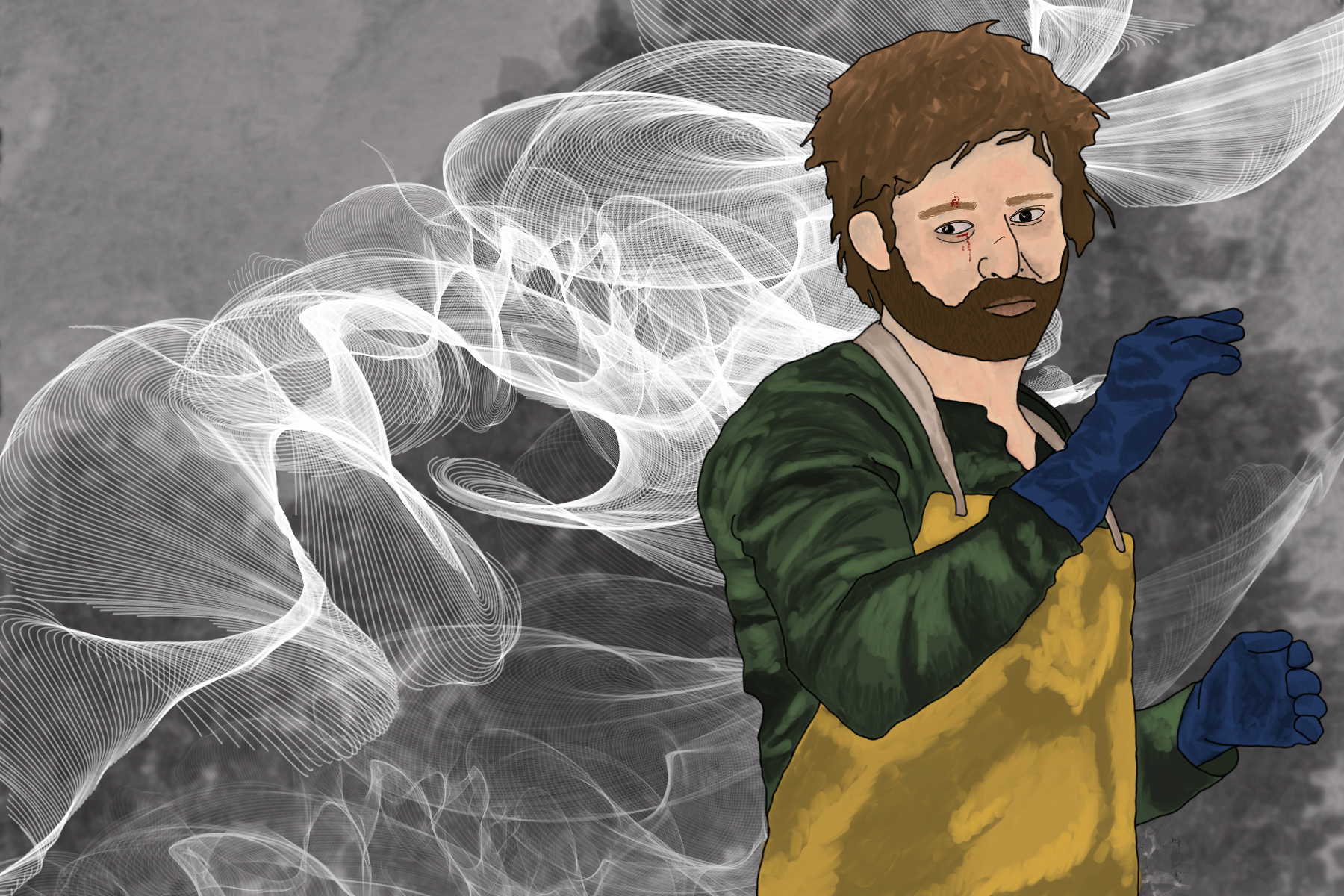As an epic examination of greed, violence and temptation, “Breaking Bad” ran from 2008 to 2013 on AMC; the series followed high school chemistry teacher Walter White (Bryan Cranston) who starts to cook and sell methamphetamine after he is diagnosed with terminal cancer.
With the help of Jesse Pinkman (Aaron Paul), a former student, the pair of criminals rise in the ranks of the drug trade, which causes both White and Pinkman to change drastically, oftentimes for the worse. Nearly seven years after the show’s conclusion, Netflix released “El Camino,” a follow-up that focused on Pinkman’s character after the events of the finale.
(Warning: The following contains major spoilers for “Breaking Bad” and “El Camino”)
Recapping “Breaking Bad”
Throughout “Breaking Bad,” viewers witnessed Walter White devolve from an unassuming teacher to a hyper-aggressive, domineering drug kingpin. The series was unique, especially compared to similar series, because the show’s main character is ultimately the antagonist. Typically, TV shows of this nature would focus on a mild-mannered everyday man who finds the strength to become a hero, but “Breaking Bad” showcased an average man corrupt himself into a self-serving villain out of desperation.
https://www.instagram.com/p/BkkslAGgRKk/?utm_source=ig_web_copy_link
Over the course of five seasons, White dishes out abuse to everyone around him, but the character who suffered the most was arguably Pinkman. At the onset of the series, White would verbally lash out at Pinkman for simple mistakes and setbacks out of his control. As the series progressed, White took vile actions to manipulate Pinkman into becoming less individualized and more dependent, which led to some of the show’s most heartbreaking moments.
For example, throughout the series, Pinkman had two main love interests. The first was Jane (Krysten Ritter), the young man’s artistic, enigmatic neighbor. After quickly falling for each other, the two do heroin after Pinkman’s friend is murdered. In an attempt to apologize for a previous argument, White breaks into Pinkman’s apartment to find Jane on her back choking on her own vomit as she overdoses. Standing over the bed, White watches her die.
Later in the series, Pinkman meets Andrea (Emily Rios) at a Narcotics Anonymous meeting. Initially, Pinkman wants to sell her meth but ends up falling for her. Soon, he grows close to her and her son, Brock. As a result, Pinkman refuses to help White when he feels threatened by another drug lord. White then poisons Brock and frames the rival drug lord in an attempt to lure Pinkman over to his side.
In the closing episodes of the series, White is worried Pinkman will turn him into the police and orders his former partner to be killed. Rather than murder him, the white supremacist gang hired for the hit kidnaps Jesse and forces him to cook meth. When Pinkman refuses, the neo-Nazis kill Andrea before threatening to murder Brock as well.
In the final episode of “Breaking Bad,” White slaughters the white supremacist gang, which provides Pinkman with an escape. The last time the audience sees his character, he’s speeding away in an El Camino, his face hairy and scarred from abuse and neglect. He cries out in a mix of pain and relief.
Diving into “El Camino”
https://www.instagram.com/p/B2x5xJuhteC/?utm_source=ig_web_copy_link
“El Camino” opens up with a flashback to “Breaking Bad”; Pinkman is having a conversation about where to go to start life over, and a character suggests Alaska. Pinkman says he wants to make things right with people before he starts over, but he’s told that if he disappears there will be no way to right any wrongs.
The remainder of the film cuts between Pinkman after the ending of “Breaking Bad” and a yearlong time jump between two episodes of the series. In the present, we follow Pinkman as he runs from the police and tries to find a way to start his life over. In the past, we witness the mental abuse and manipulation he suffered at the hands of the white supremacists that were holding him hostage.
Six years after the ending of “Breaking Bad,” Aaron Paul slides back into his role as if he never left. For five years, Paul brought the anxiety and fear of Jesse Pinkman to life, and the time away has not toned down his ability at all. Paul’s initial performance was loud and boisterous, but subtle details kept the character grounded in realism. In “El Camino,” those subtle details pay off.
After escaping from the neo-Nazis, Pinkman sneaks into one of their apartments to find hidden cash. After finding the money, the police arrive since the apartment belonged to a person of interest in a mass killing. Pinkman realizes that they are not actually police, but rather looters also searching for the cash. After splitting the money three ways, Pinkman sets off to find a way to disappear before the police find him.
In “Breaking Bad,” Pinkman grows as a character only to be brought back down by tragedy several times over. Most of these tragedies are due to White attempting to keep Pinkman under his control. In one flashback, “El Camino” depicts White and Pinkman having a conversation in a diner, a scene that reminds the audience how little White thought of Pinkman.
Even in this small scene, fans will notice the major differences between Pinkman in “Breaking Bad” and “El Camino”; in the flashback, his character is comically expressive with every small reaction, but Paul also displays tiny facial expressions that indicate that the character’s feelings are best spoken without words. Conversely, the present day Pinkman is scarred, both physically and emotionally.
In the closing scene of the movie, Pinkman makes it to Alaska with a new identity. He leaves a note to Brock and drives down an empty highway, completely free. He reflects on a conversation he had with Jane, in which she tells him that going with the flow is not a good way to live because people need to make their own decisions in life.
After all of the pain, Pinkman is no longer under the thumb of the manipulative Walter White, caged up or forced to cook meth. The character has overcome multiple drug addictions and is no longer running from the law. Pinkman is free, but alone. He has no contact with anyone from his former life, and if he tries to make contact, he runs the risk of getting caught.
In summation, “El Camino” offers a perfect ending for Jesse Pinkman, a character that, for all intents and purposes, did die — at the end of “El Camino,” you are watching a new man drive toward a new beginning to begin a new life.















